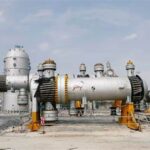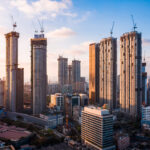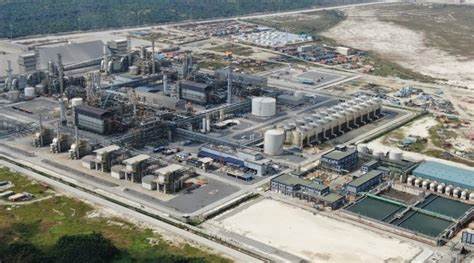Fertilizer plays a vital role in enhancing agricultural productivity and ensuring food security. In Africa, where agriculture is a major economic sector, the establishment of large-scale fertilizer plants has become crucial. These plants contribute to increasing crop yields and supporting sustainable farming practices across the continent. In this article, we will explore the top 10 largest fertilizer plants in Africa, highlighting their capacity, production capabilities, and significance in driving agricultural growth.
- Dangote Fertilizer Plant, Nigeria: Located in Lagos, Nigeria, the Dangote Fertilizer Plant is the largest fertilizer complex in Africa. With an annual production capacity of 3 million metric tons, it utilizes state-of-the-art technology to produce urea and ammonia. This facility is instrumental in meeting Nigeria’s fertilizer demands and aims to become a major exporter to other African countries.
- Ain Sokhna Fertilizer Complex, Egypt: Situated in Ain Sokhna, Egypt, this complex has a capacity of 2.7 million metric tons per year. It produces a wide range of fertilizers, including urea, ammonia, and compound fertilizers. The facility significantly contributes to Egypt’s agricultural sector by providing a stable supply of fertilizers.
- Fertiplant East Africa Limited, Kenya: Located in Nakuru, Kenya, Fertiplant East Africa Limited is one of the largest fertilizer plants in East Africa. It has an annual production capacity of 1.2 million metric tons, producing various types of fertilizers such as DAP, NPK, and CAN. The plant plays a crucial role in supporting Kenya’s agricultural development.
- Indorama Eleme Fertilizer Plant, Nigeria: Situated in Port Harcourt, Nigeria, the Indorama Eleme Fertilizer Plant has a production capacity of 1.5 million metric tons per year. It is known for producing urea, a key fertilizer for crops. The plant not only caters to Nigeria’s fertilizer needs but also exports to other African countries.
- Greenbelt Fertilizers, South Africa: Located in Sasolburg, South Africa, Greenbelt Fertilizers is a prominent fertilizer plant with an annual capacity of 1.2 million metric tons. It produces a range of nitrogen and phosphorus-based fertilizers, supporting the country’s agricultural sector and contributing to regional fertilizer markets.
- Fertilizer Company of Nigeria (FECAN), Nigeria: Situated in Kaduna, Nigeria, FECAN has a production capacity of 1.2 million metric tons annually. The plant focuses on the production of blended NPK fertilizers, which are crucial for replenishing soil nutrients. FECAN contributes to Nigeria’s agricultural development by providing high-quality fertilizers to farmers.
- Togolese Phosphates Fertilizers (TOPF), Togo: Located in Lome, Togo, TOPF has an annual production capacity of 1 million metric tons. It specializes in producing phosphatic fertilizers, including DAP and NPK blends. The plant plays a crucial role in supporting Togo’s agriculture and exporting fertilizers to neighboring countries.
- Ethiopia Fertilizer Plant, Ethiopia: Situated in Dire Dawa, Ethiopia, this plant has an annual production capacity of 800,000 metric tons. It focuses on producing urea, a critical nitrogen-based fertilizer. The facility is a significant contributor to Ethiopia’s agricultural sector, addressing the country’s fertilizer requirements.
- Greenbelt Fertilizers, Zimbabwe: Located in Harare, Zimbabwe, Greenbelt Fertilizers has an annual capacity of 700,000 metric tons. The plant produces various types of fertilizers, including ammonium nitrate and compound fertilizers. It supports Zimbabwe’s agricultural sector and neighboring countries through its fertilizer exports.
- NPK Fertilizer Plant, Ghana: Situated in Takoradi, Ghana, this plant has an annual production capacity of 600,000 metric tons. It specializes in producing NPK fertilizers, which contain a balanced ratio of nitrogen, phosphorus, and potassium. The facility plays a crucial role in Ghana’s agriculture, contributing to increased crop yields.
The establishment of large-scale fertilizer plants in Africa is a significant step towards achieving agricultural self-sufficiency and boosting food production. The top 10 largest fertilizer plants highlighted in this article contribute immensely to their respective countries and the region as a whole. By producing various types of fertilizers and addressing the growing demand, these plants play a crucial role in supporting agricultural growth, increasing crop yields, and promoting food security across Africa.



